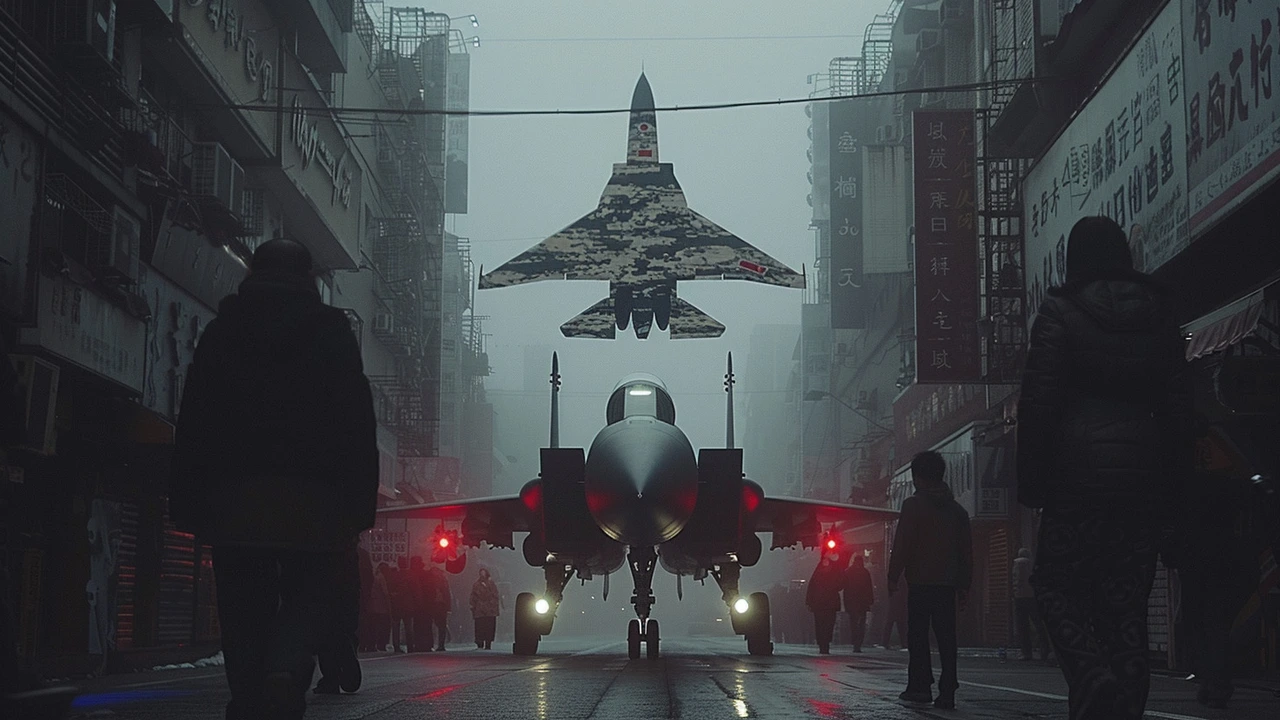Military Drills
Military drills are planned training exercises where armed forces practice tactics, logistics, and coordination. They test readiness, reveal strengths and gaps, and shape how countries respond to crises. If you want clear, up-to-date coverage of drills across Africa and beyond, this tag collects stories, analysis, and on-the-ground reports.
Drills come in many shapes. Field exercises simulate combat with troops, vehicles, and live-fire ranges. Command post exercises focus on decision-making, communications, and planning without active firing. Naval drills practise sea control, convoy protection, and amphibious landings. Air exercises test pilots, air defence systems, and joint missions. Each type tells a different story about capability and intent.
Why pay attention? Military drills can signal political messages. A large show of force can deter rivals or reassure allies. Repeated joint exercises with a foreign power show deepening ties. Drills also highlight defence gaps that need investment, and they affect local communities when ranges close or transport routes change. For businesses, drills can mean temporary disruptions to ports, airspace, or mining sites.
How we cover drills here at Africa Daily Spectrum: we focus on facts you can use. Expect concise event timelines, verified locations, participating countries, and expert commentary on what the exercises mean for regional security. We flag potential risks for civilians and report official statements alongside independent analysis. Where possible, we link to maps, official schedules, and live updates so you can follow events as they unfold.
If you're watching a specific exercise, look for a few key signs. Note who is invited - partner nations reveal alliances. Track scale: the number of troops, ships, or aircraft says a lot. Watch the stated objectives versus actual movements; practice often hides real testing. Also monitor civilian impact: road closures, airspace warnings, and notices to fishermen or farmers.
Want tips for following drills live? Trust official channels for safety notices but combine them with local reporting for context. Follow defence ministries, reputable journalists on the ground, and independent analysts who can explain technical moves in plain language. If you attend a public display, respect safety perimeters and local law.
Across Africa, drills vary from small border patrol exercises to large multinational operations. They reflect each country's priorities - counterterrorism, maritime security, or disaster response. We aim to present clear, short updates so you can understand what a drill means for your country or region.
Browse this tag for the latest articles, previews, and expert takes on military drills. If you have a tip or eyewitness report, send it to our newsroom. Your input helps us report faster and more accurately.
Expect environmental and legal notes too. Some drills require environmental permits, especially near coasts or wildlife areas. Local authorities usually issue notices-check municipal pages and port authorities. Businesses should notify staff and update contingency plans for disrupted supply or travel. Want regular alerts? Subscribe to our tag feed, enable push notifications, or follow our Telegram channel for instant updates, maps, and verified photos from reporters at exercise zones and local eyewitness accounts.
- May 24, 2024
- Comments 9
- World News

